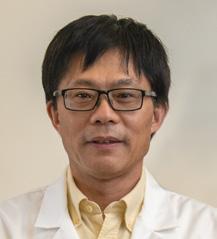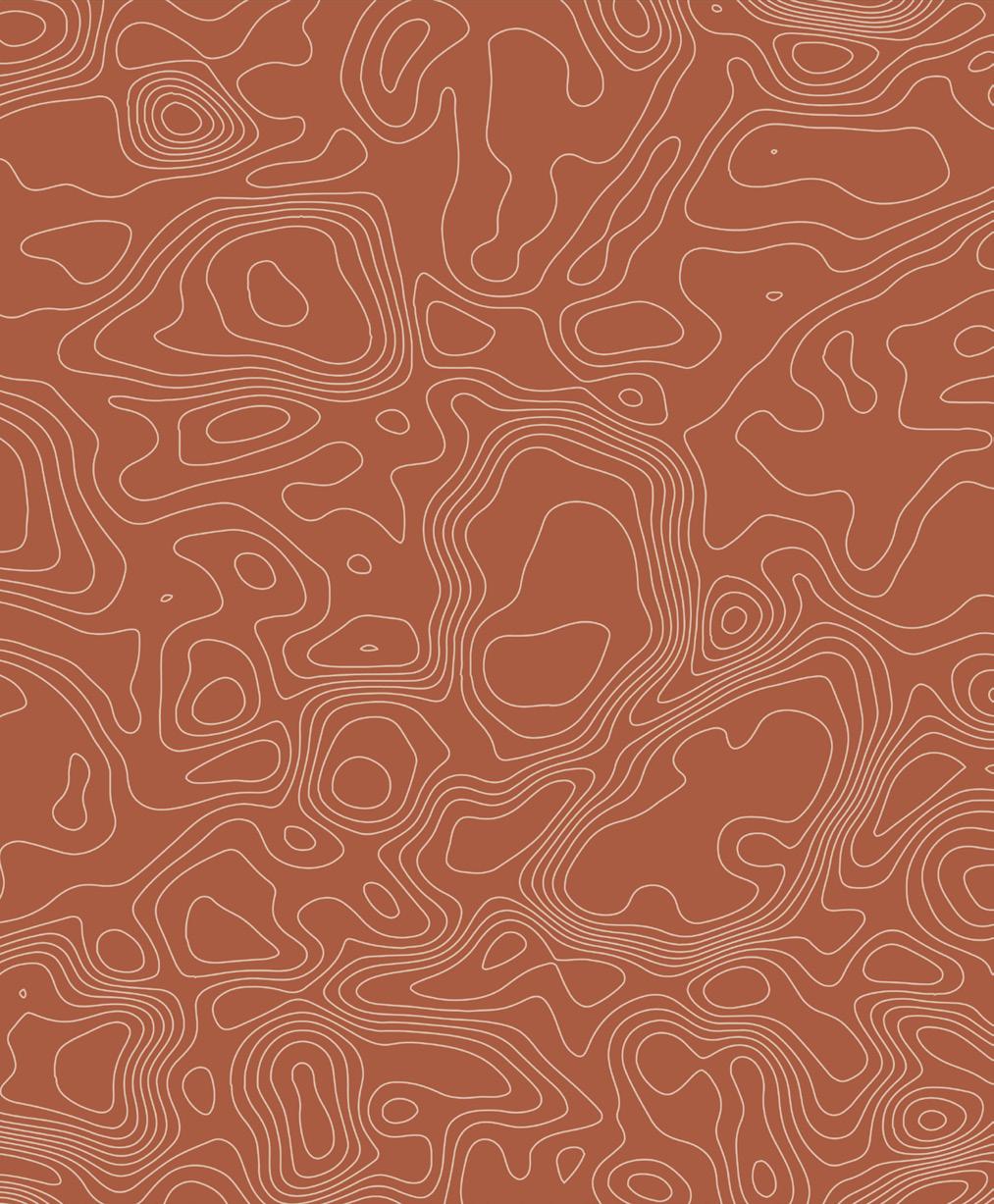
8:00 – 8:30 AM
Check-in & Continental Breakfast
(For those parking at the PBC Parking Garage @ 555 E. Fillmore, parking vouchers will be available during check-in.)
8:30 – 8:35 AM
Welcome
Rick G. Schnellmann, PhD
Joann B. Sweasy, PhD
8:35 – 9:00 AM
Saroj Regmi, PhD & Swamy Tripurani
“Funding and Commercialization Resources for Cancer Technologies” National Cancer Institute Presentation
Morning Session
Moderator: Joann B. Sweasy, PhD
Director, The University of Arizona Cancer Center
9:00 – 9:30 AM
9:30 – 9:35 AM/Q&A
9:35 – 10:00 AM 10:00 – 10:05 AM/Q&A
Nader Sanai, MD
“Early Phase Drug Development for Brain Cancer”
Alessandra Fistrovich
“The Evaluation of Small Molecule Kinase Inhibitors (SMKIs) as a Multi-targeted Therapeutic for the Treatment of Glioblastoma Multiforme (GBM)” 10:05 – 10:15 AM Break 10:15 – 10:40 AM 10:40 – 10:45 AM/Q&A
10:45 – 11:10 AM
11:10 – 11:15 AM/Q&A
Rui Chang, PhD
“AI-driven Precision Target and Therapeutics Discovery for Neurodegenerative Disease”
Yana Zavros, PhD
“Cabozantinib Changes the Landscape of the Pancreatic Tumor Microenvironment and Improves the Efficacy of PD-L1/PD-1 Inhibitors: Knowledge
Gained from a Phase II Clinical Trial”
11:15 – 11:40 AM
11:40– 11:45 AM/Q&A
11:50 AM – 1:30 PM
Christopher Penton, PhD
“ACDD: Screening and Beyond”
Lunch & Poster Session (Titles on pp. 8-9)

Poster Session Voting
Please vote for the best poster shown during the lunchtime Poster Session. The top two poster presenters with the most votes will share their posters with the larger group during the afternoon session.
CLICK TO VOTE
Afternoon Session
Moderator: Wei Wang, PhD
Co-Director, Arizona Center for Drug Discovery

R. Ken Coit College of Pharmacy
1:30 – 1:55 PM
1:55 - 2:00 PM/Q&A
2:00 – 2:20 PM
2:20-2:25 PM
James K. Liao, MD, FACP, FACC
“Rho-associated Kinase (ROCK) as a Therapeutic Target for Fibrotic Diseases”
Poster Presentations (from the top two poster presentations by vote)
Final Remarks and Adjourn
Christopher Hulme, PhD - Co-Director, Arizona Center for Drug Discovery
Wei Wang, PhD - Co-Director, Arizona Center for Drug Discovery
3:00-4:00 PM Arizona Drug Discovery & Development Summit
Reception HSEB, Main Lobby
Rick G. Schnellmann, PhD Endowed Dean, R. Ken Coit College of Pharmacy

Howard J. Schaeffer Endowed Chair Professor, Pharmacology and Toxicology
8:35 – 9:00 AM

Joann B. Sweasy, PhD Director, The University of Arizona Cancer Center

Nancy C. & Craig M. Berge Endowed Chair Professor of Cellular & Molecular Medicine, and Radiation Oncology
NCI SBIR Program Directors Swamy Tripurani and Saroj Regmi will give a presentation on funding opportunities and other commercialization resources available through the NCI SBIR Development Center. This presentation is appropriate for researchers who are interested in translating their research to bring their ideas to life.
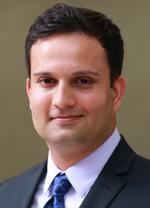

Morning Session
Moderator: Joann B. Sweasy, PhD Nader Sanai
Early Phase Drug Development for Brain Cancer
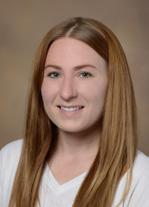
9:00 – 9:30 AM
In an era of escalating drug discovery costs, shifting priorities within the pharmaceutical industry, and longstanding challenges in central nervous system drug delivery, surgical trials offer an avenue to identify promising agents with demonstrable tumor penetration and molecular effects. The rise of pharmacodynamic- and pharmacokinetic-driven clinical trials, including Phase 0 study designs, creates an opportunity for to accelerate drug development for brain tumor patients, specifically. The Ivy Brain Tumor Center has pioneered systems innovations to seamlessly integrate Phase 0 clinical trial solutions within neuro-oncology.
The Evaluation of Small

(SMKIs) as a Multi-targeted Therapeutic for the Treatment of Glioblastoma Multiforme (GBM)
9:35 – 10:00 AM
Glioblastoma Multiforme (GBM) is a highly aggressive stage IV brain cancer that is difficult to detect, associated with a poor prognosis, and generally considered incurable. Due to the high refractory nature of GBM and commonly associated resistance to treatment, new therapeutic strategies with a more pleotropic nature are required to combat these challenges. This led to the discovery of our current lead compound DYR726, a highly soluble blood-brain-barrier (BBB) penetrant compound that has demonstrated significant kinase inhibition against GBM relevant kinases ( i.e. PI3Kα ( + mutants), PDGFRα/β ( + mutants), RYK, CDK7, DYRK/CLKs) within the WNT and RTK signaling pathways. DYR726 has already hit multiple benchmarks for glioma clinical translation and exhibits significantly less cytotoxicity suggesting a therapeutic window and reduced toxicity, which has not been observed in any glioma drugs that are currently in clinical trials.
AI-driven Precision Target and Therapeutics Discovery for Neurodegenerative Disease
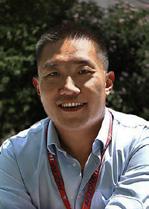
10:15 – 10:40 AM
Alzheimer’s disease and related dementias (ADRDs) are the most common cause of dementia. ADRDs affected approximately 6 million Americans in 2021 with a total healthcare cost of approximately $355 billion. Currently, there are no effective drugs to prevent, delay, or reverse ADRDs. We and others have shown that ADRDs are complex neurodegenerative diseases with multiple systems biology pathways (e.g. mitochondrial metabolism, response to unfolded proteins, neuroinflammation, immune response, microglial phagocytosis, synaptic transmission, etc.) via interactive networks across multiple brain cell types. These networks are affected by genetic variations, sex differences, aging, and environmental factors. Indeed, ADRDs are a challenge for treatment development. Major clinical trial failures targeting single targets and/or pathways, such as β-amyloid (Aβ) or hyperphosphorylated tau protein (p-tau), have highlighted the critical need to develop next-generation therapeutics that could simultaneously modulate multiple pathways in different cellular components of CNS beyond the “singledrug single-target” strategy utilized in several current AD clinical trials. Funded by NIA AMP-AD consortium, Dr. Chang has developed a computational systems biology platform to integrate multi-omics data of post-mortem brain samples from AD patients and non-dementia control subjects. Notably, Dr. Chang has identified and prioritized 6,395 de-novo drug targets in specific brain regions and CNS cell types associated with AD. These targets modulate a total of 667 both validated and novel biological pathways that enabled prioritization of 3,092 FDA-approved drugs, natural products, and other small molecules that potentially modulate these 6,395 targets. Our novel experimental results using focused in vitro screening of the top 170 compounds (out of 3,092) showed significant therapeutic effects on neuroprotection and stimulation of microglial phagocytotic activity under ADRD conditions. These preliminary results highlighted the scientific premise for development of novel therapeutic combinations for ADRD treatment.

Cabozantinib Changes the Landscape of the Pancreatic Tumor Microenvironment and Improves the Efficacy of

PD-L1/PD-1 Inhibitors: Knowledge Gained from a Phase II Clinical Trial

10:45 – 11:10 AM
Pancreatic ductal adenocarcinoma (PDAC) is one of the most lethal malignancies with an approximate 8% 5-year survival rate despite therapy. The lack of an effective response of PDAC to various existing treatments contributes to poor prognosis and makes this disease a continued medical challenge. Our team has initiated a Phase II trial evaluating the safety and efficacy of atezolizumab in combination with cabozantinib for the treatment of metastatic, refractory pancreatic cancer. By leveraging the access to patient tissues from this trial in a bench-to-bedside-to-bench approach, we discovered that cabozantinib, a multitargeted tyrosine kinase inhibitor, in combination with checkpoint inhibitor atezolizumab 1) induced tumor cell death, 2) depleted the TME of myeloid derived suppressor cells (MDSCs), 3) induced CTL proliferation, and induced reprogramming of the cancer associated fibroblast (CAF) population leading to the improved efficacy of immunotherapy.
Chris PentonACDD: Screening and Beyond

11:15 – 11:40 AM
Over the past year, the ACDD Screening Core has established a collaborative framework of high-throughput 384-well screening, compound cherry-picking and validation, and dose response studies to contribute to our investigators’ projects. First, lender library plates have been generated, which allow investigators with screening equipment to screen in their own laboratories. Second, the core provides cherrypicked compounds for follow-up studies to support advancing small molecule programs. Lastly, the core can generate assay-ready plates in buffer as a hybrid approach, leveraging the rapid compound transferring capability of the Core while allowing investigators to run their own assays. The ACDD is currently working with 10 small molecule projects and we continue to build momentum and optimize processes. Today, we will be providing a high-level overview to highlight the various contributions the ACDD is making to UofA drug discovery projects.

 James K. Liao
James K. Liao

